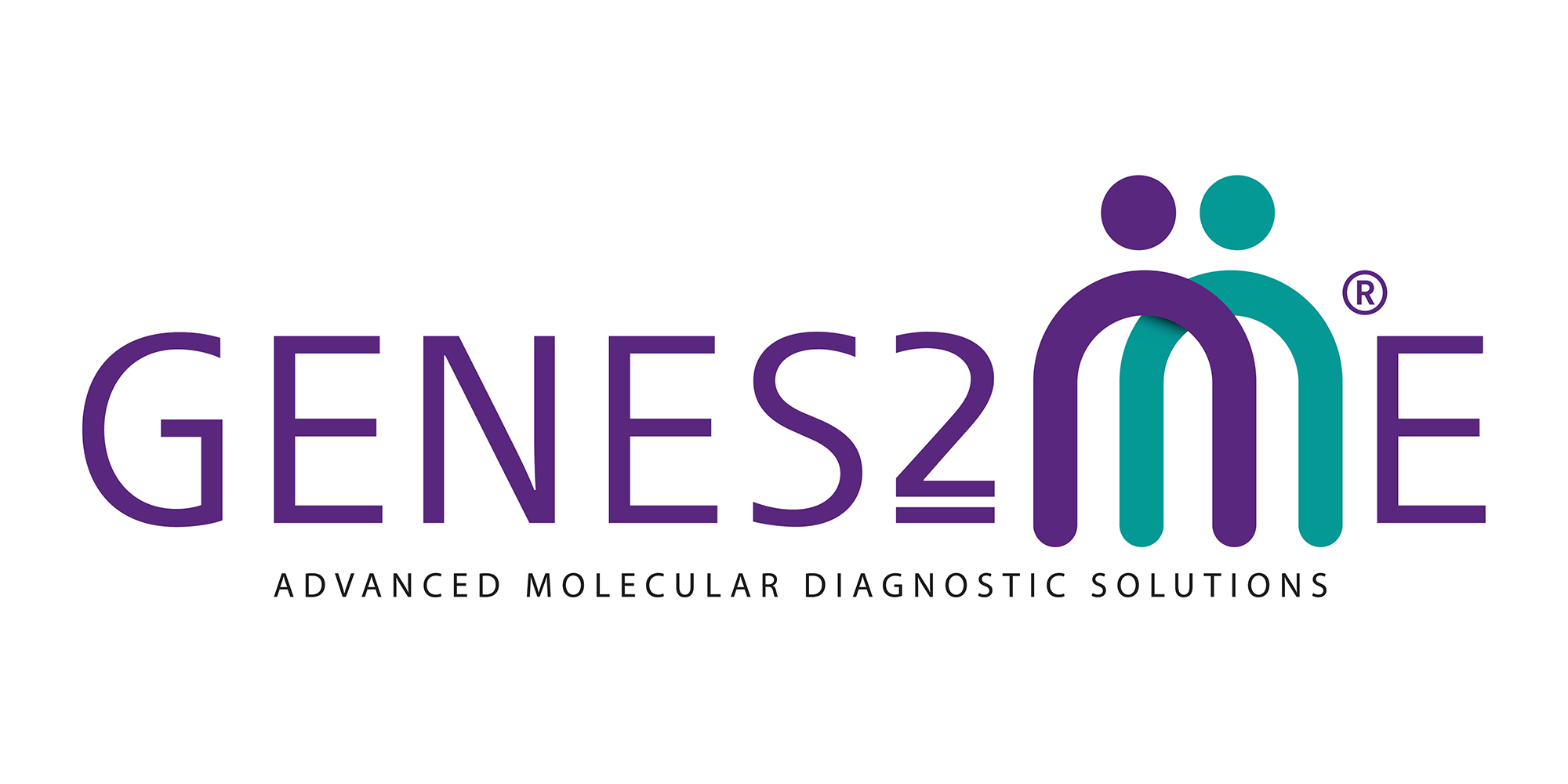
The RT-PCR is different works.
RT-PCR, or Reverse Transcription Polymerase Chain Reaction, is a laboratory technique to amplify and detect specific RNA sequences. It is widely employed in molecular biology and medical diagnostics, including detecting viral infections such as COVID-19. Here’s an overview of how RT-PCR works:
Sample Collection: A biological sample containing RNA, such as a nasal swab from a patient, is collected and preserved.
It’s commendable that Genes2Me is contributing to advancing diagnostics and facilitating the effective management of infectious diseases. These solutions have the potential to make a significant positive impact on public health by enhancing diagnostic capabilities and improving patient outcomes.
RNA Extraction: The RNA is extracted from the sample using specialized laboratory techniques. This step isolates the RNA from other cellular components and contaminants using a Point of Care Testing Device.
Reverse Transcription: The extracted RNA is mixed with specific enzymes, including reverse transcriptase, synthesizing complementary DNA (cDNA) from the RNA template. This step is called reverse transcription because it converts the RNA into DNA, which is more stable and easier to manipulate.
PCR Setup: The cDNA is combined with a mixture of primers, nucleotides, and a heat-stable DNA polymerase enzyme. Primers are short DNA sequences that bind to specific regions of the cDNA, flanking the target sequence of interest.
PCR Amplification: The PCR reaction goes through a series of temperature cycles in a thermocycler machine. The processes typically consist of three main steps: denaturation, annealing, and extension.
- Denaturation: The reaction is heated to a high temperature (usually around 95°C), causing the DNA strands to separate (denature) into single strands.
- Annealing: The reaction is cooled to a lower temperature (usually around 50-60°C), allowing the primers to bind (anneal) to their complementary sequences on the single-stranded DNA.
- Extension: The reaction is heated to a moderate temperature (usually around 72°C), and the DNA polymerase enzyme extends the primers by adding new DNA nucleotides, synthesizing a new DNA strand that matches the original cDNA template.
Analysis: The data obtained from the PCR reaction is analyzed using specialized software. The software can determine the cycle at which the fluorescence reaches a certain threshold, known as the cycle threshold (Ct). The Ct value can be used to estimate the initial amount of the target RNA in the original sample.
The conclusion
By analyzing the amplification curves and Ct values, scientists can determine whether a specific RNA sequence, such as a viral RNA, is present in the original sample and quantify its abundance. RT-PCR is a powerful tool for diagnosing infectious diseases and studying gene expression patterns in various biological samples. At Genes2Me, the innovations for medical facilities are soaring high, not just RT-PCR but the Vector Borne Transmission Detection System with NGS is a newly designed procedure that opens a window for many possibilities.



